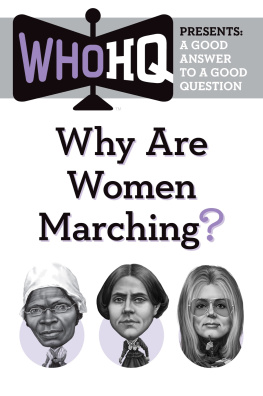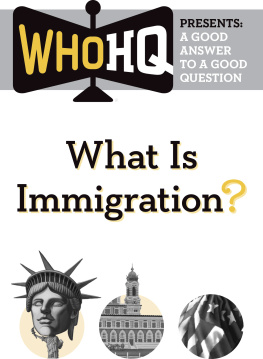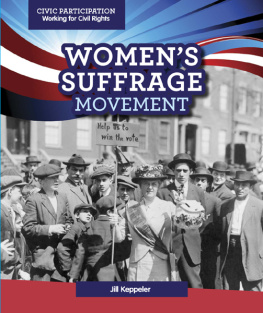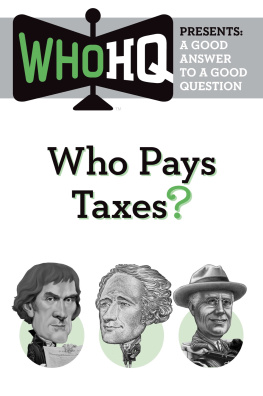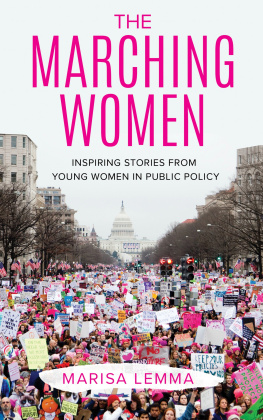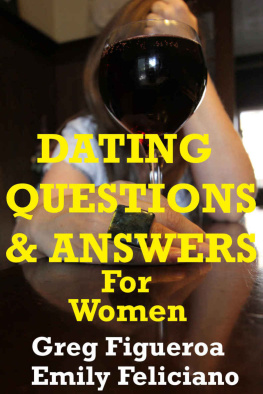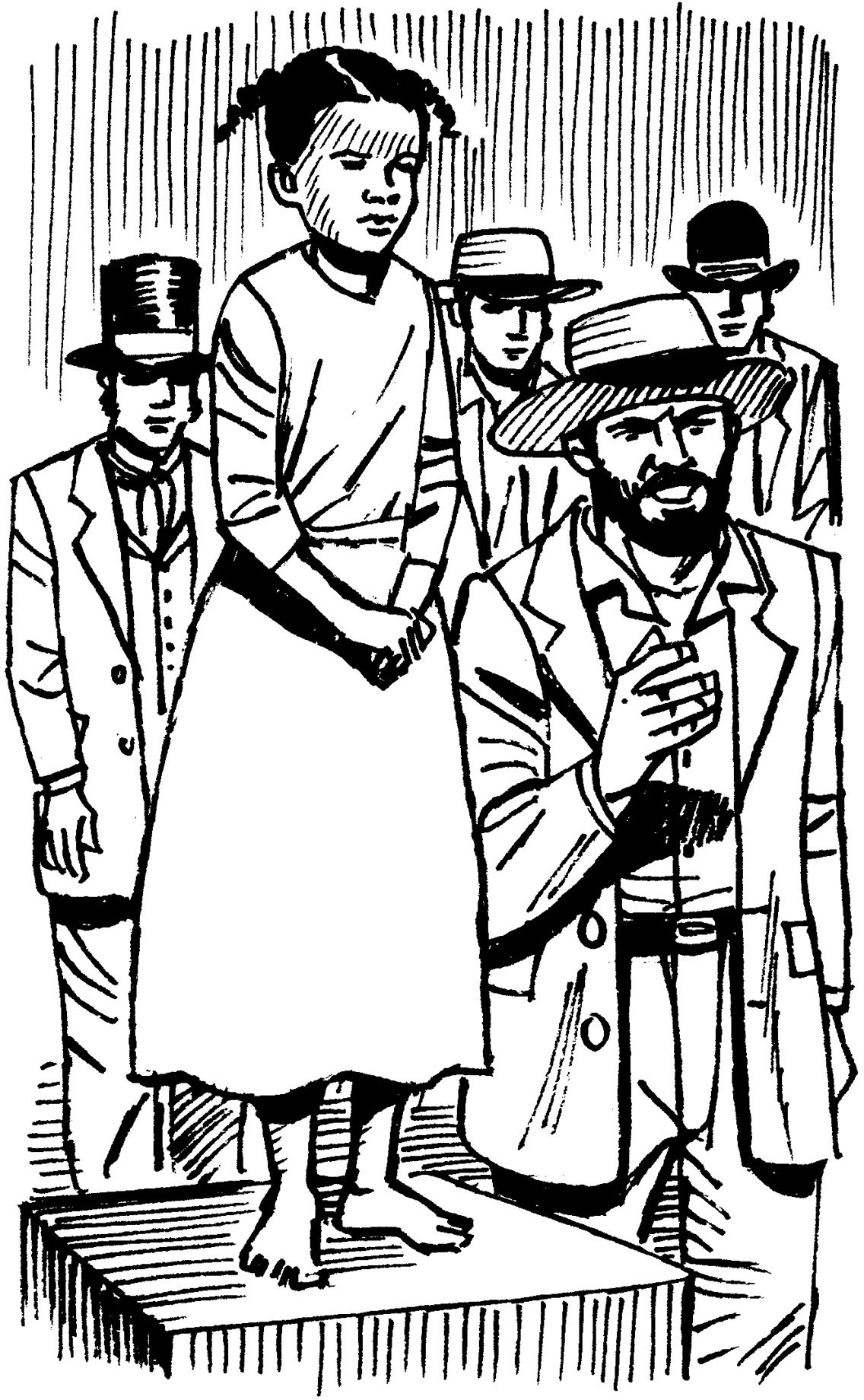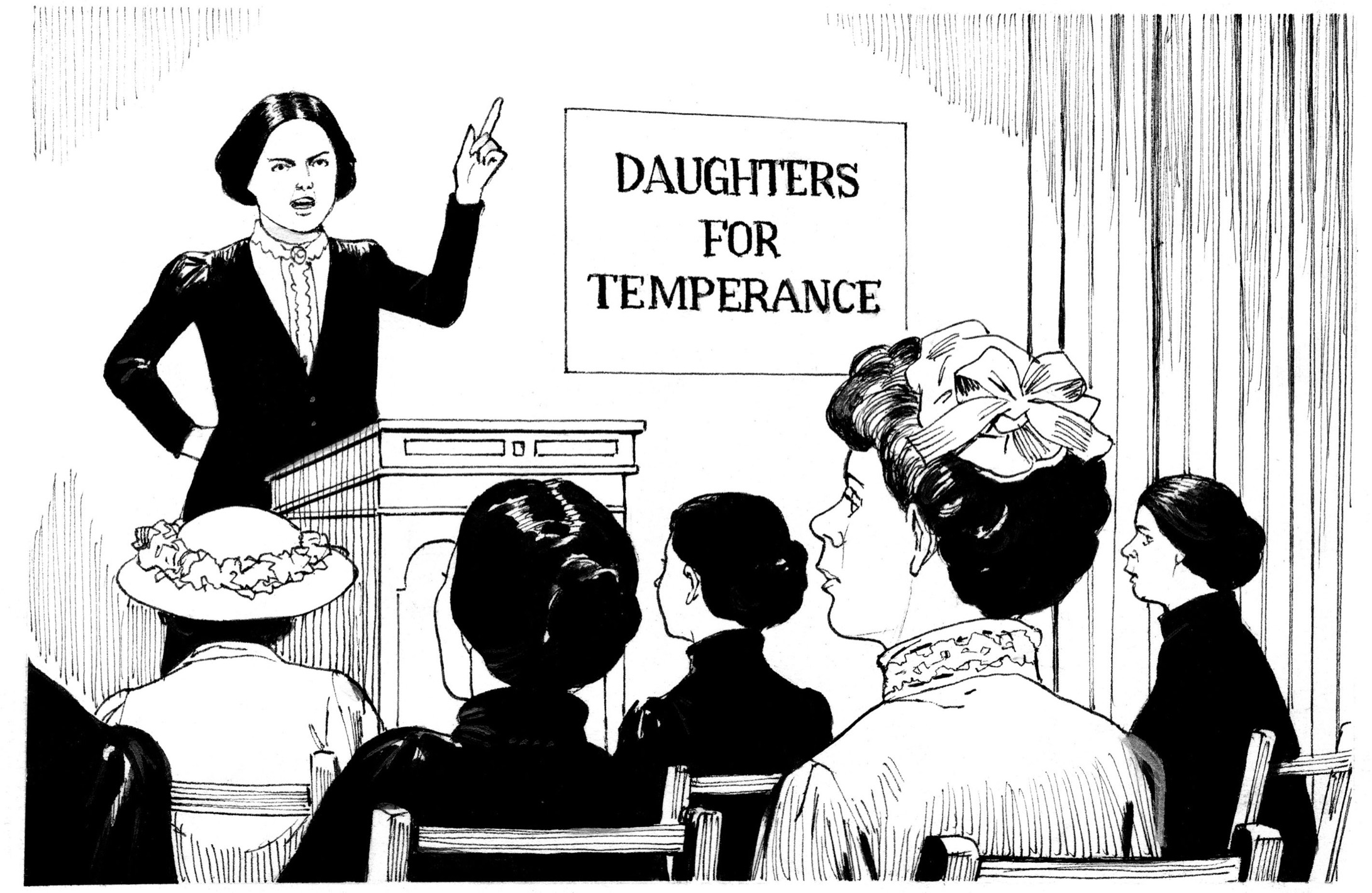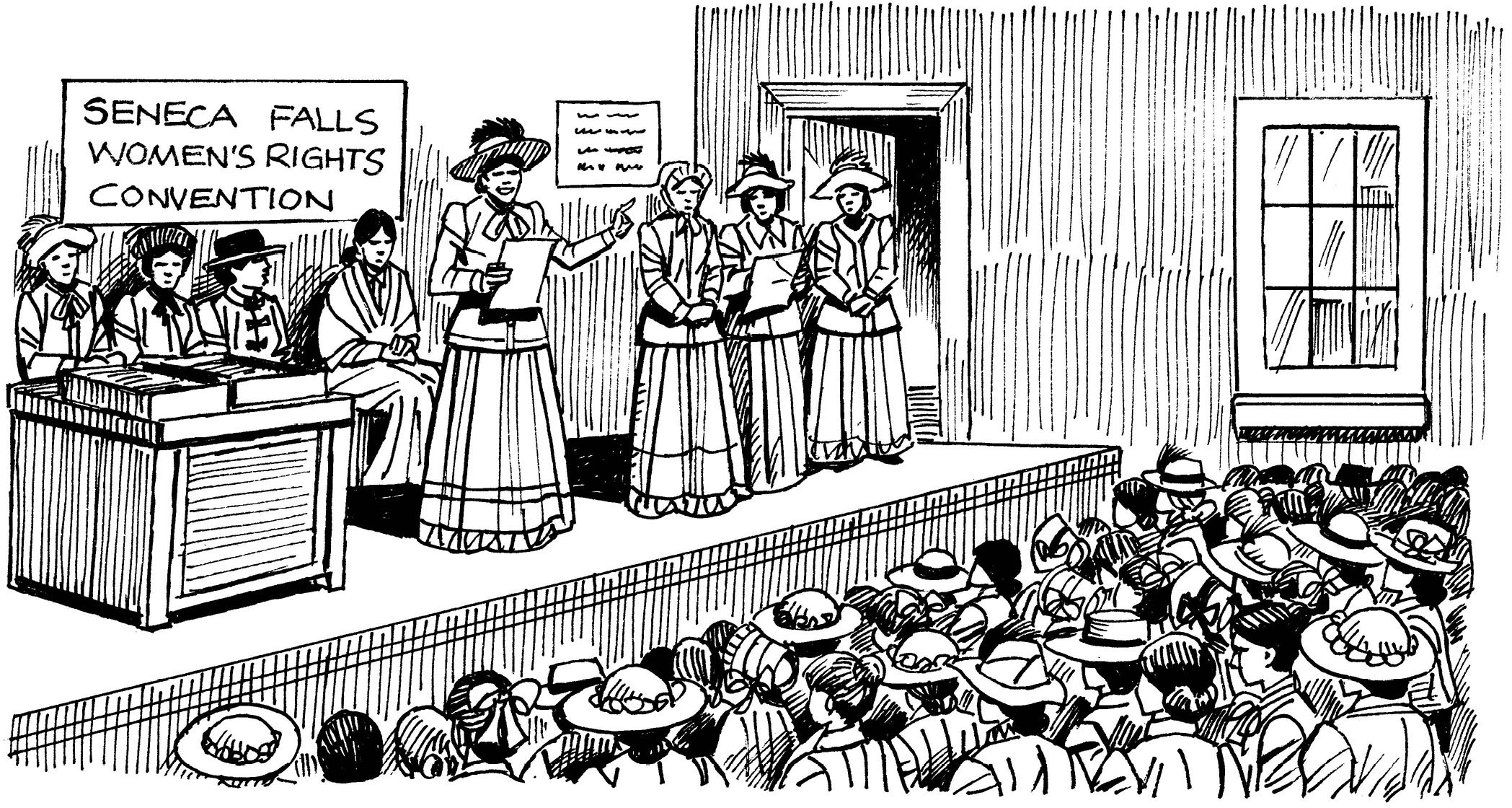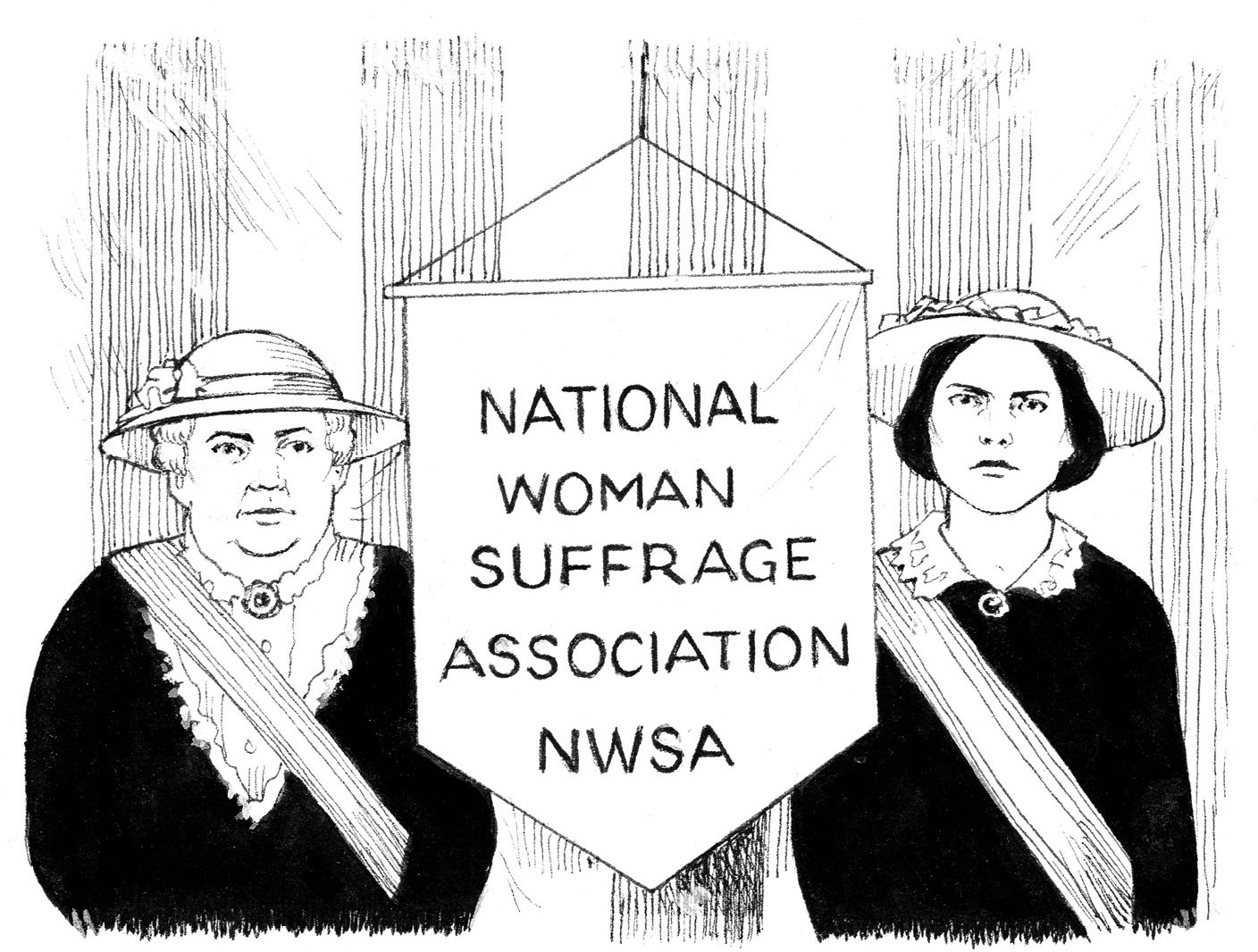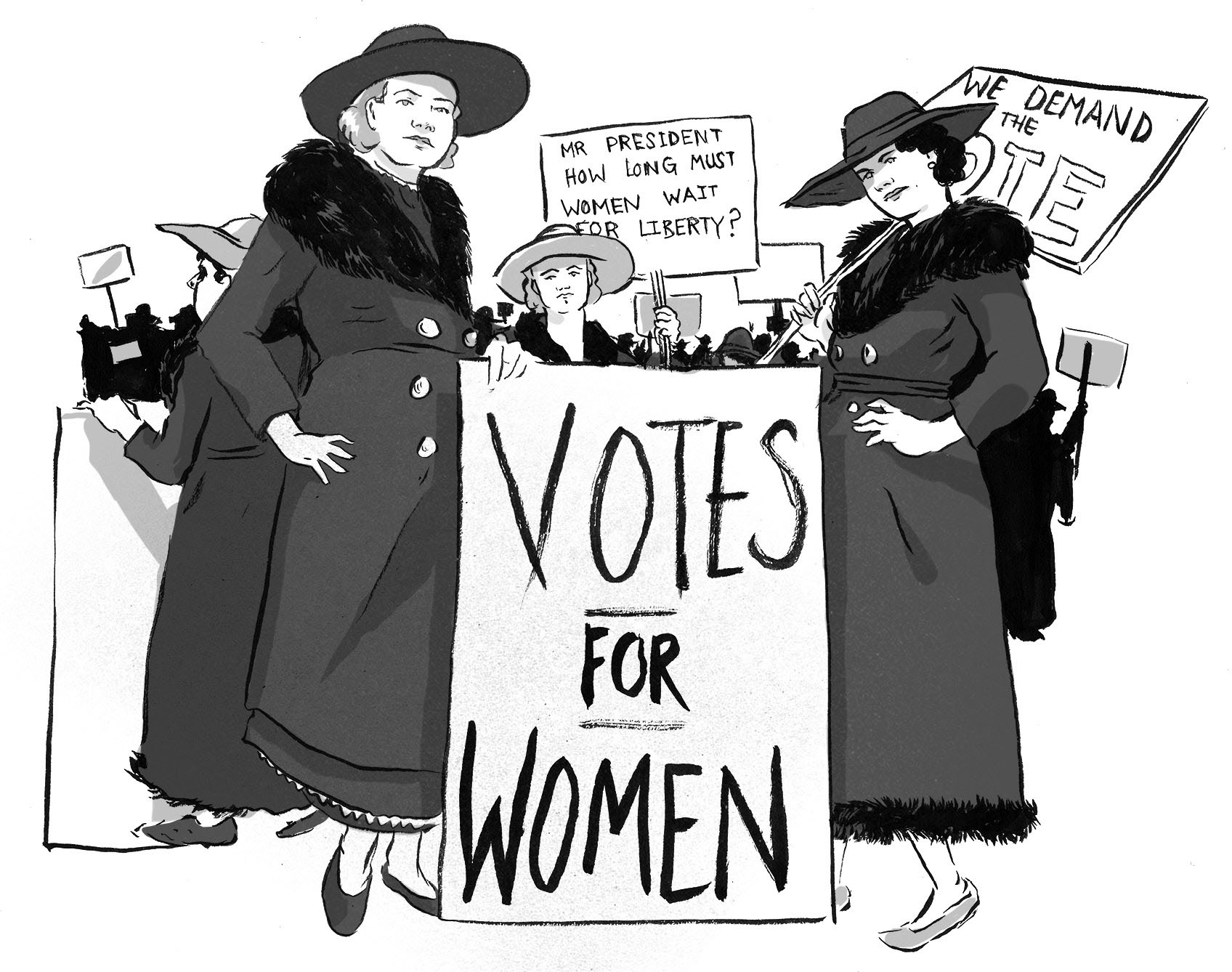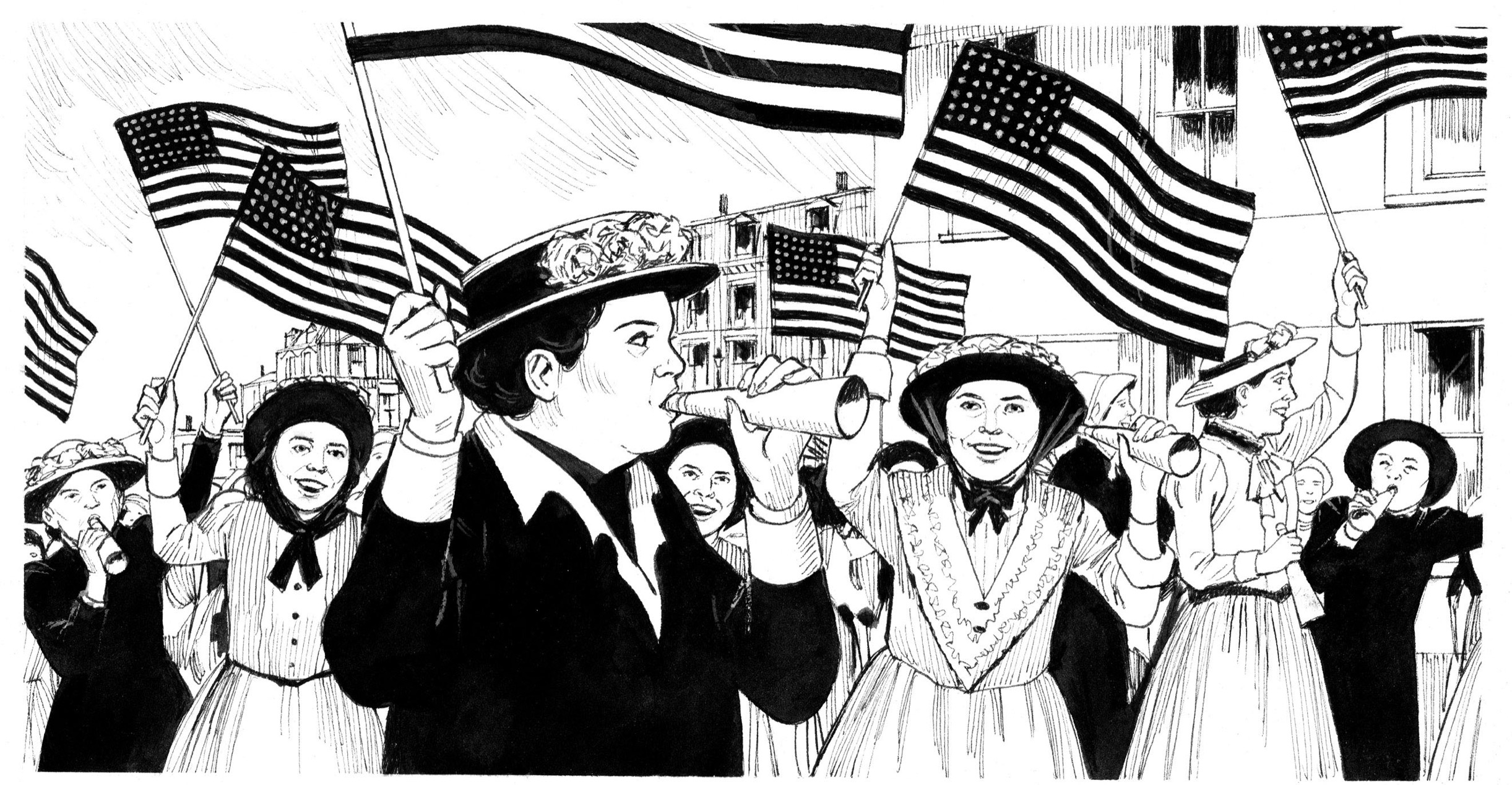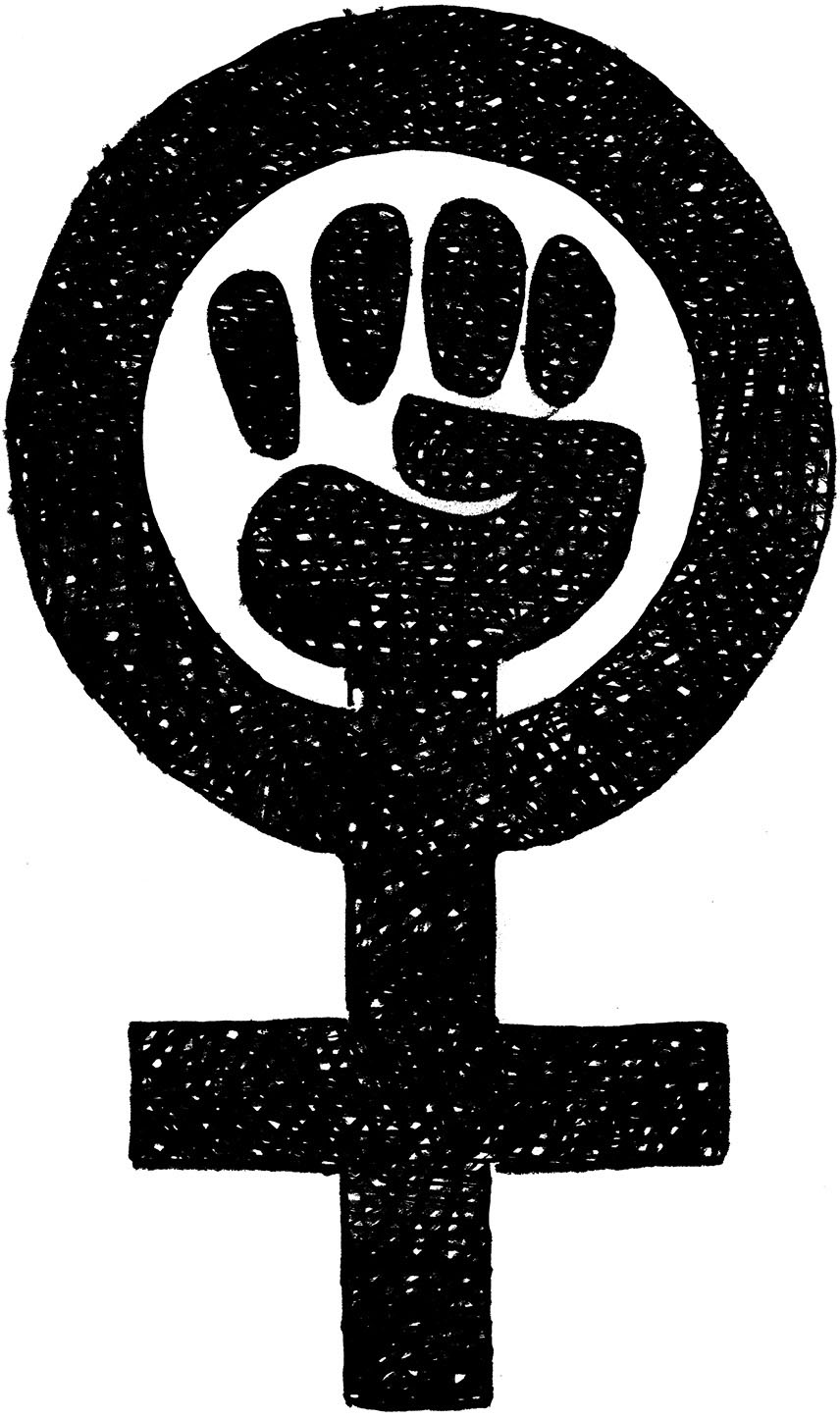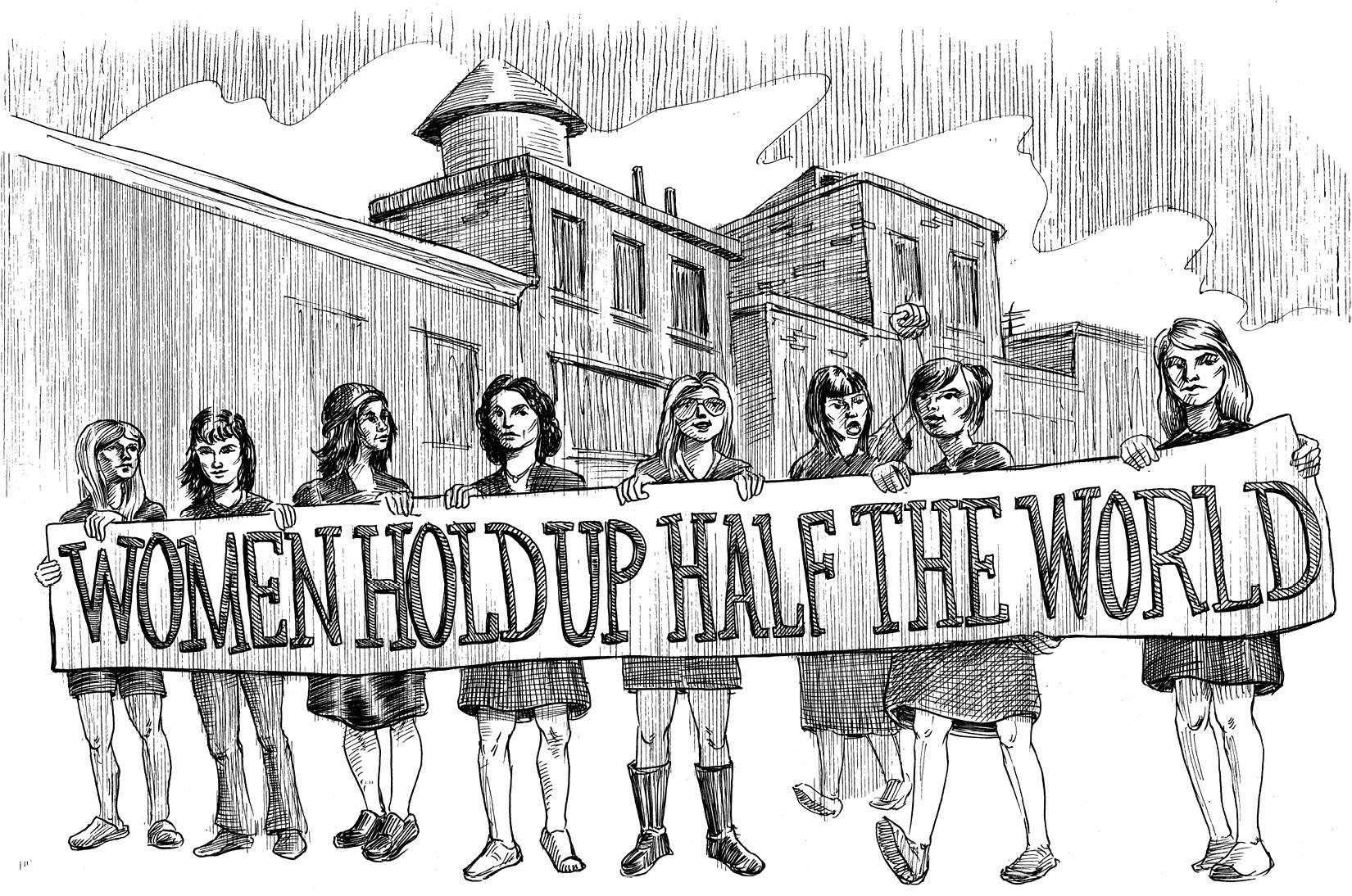PENGUIN WORKSHOP
Penguin Young Readers Group
An Imprint of Penguin Random House LLC

Penguin supports copyright. Copyright fuels creativity, encourages diverse voices, promotes free speech, and creates a vibrant culture. Thank you for buying an authorized edition of this book and for complying with copyright laws by not reproducing, scanning, or distributing any part of it in any form without permission. You are supporting writers and allowing Penguin to continue to publish books for every reader.
Text and cover illustrations copyright 2017 by Penguin Random House LLC. Interior illustrations of Obama family and Abigail Adams copyright 2009, 2014 by John OBrien. Remaining interior art copyright by Penguin Random House LLC. Published by Penguin Workshop, an imprint of Penguin Random House LLC, 345 Hudson Street, New York, New York 10014. PENGUIN and PENGUIN WORKSHOP are trademarks of Penguin Books Ltd, and the WHO HQ colophon is a trademark of Penguin Random House LLC.
Ebook ISBN 9781524786700
Version_1
Befuddled by a headline that keeps zipping across the news ticker?
Wondering whats true or false in the latest Twitter war?
Cant remember what hallowed history a holiday celebrates?
What do you want to know?
Sometimes you just need a quick primer or refresher on a certain point in order to really understand what youre reading, watching, or listening to. But research is tricky and takes time. Google something? Sure. But what if you get a bazillion hits? Which do you click and how do you know what site to trust?
Good questions need good answers from a reputable sourceand that would be us, the big-head, big thinkers deep inside WHO HQ. Weve developed these fun, single-focus e-books to answer important questions factually and fast. Well help you get a handle on essential concepts, inventive ideas, interesting people, innovative social and political movements, and breakthrough science, so youre ready to roll.
Start here...
Why Are Women Marching?
On January 21, 2017, an estimated five million women (plus men and kids!) took to the streets of Washington, DC, and other places big and small across the United States and around the world. They had a message for the newly inaugurated administration: Womens rights are human rights... and human rights include everybody. It was one of the largest demonstrations in American historybut it wasnt the first time women had marched.
Liberty... for Some
The US Declaration of Independence, adopted in July 1776, held this truth to be self-evident: that all men are created equal... which left a lot of peopleeverybody enslaved, anybody femaleunequal.
Slavery and the second-class status of women were facts of life in eighteenth- and nineteenth-century America. Reform movements to change this became intertwined in the mid-1800s. Free women formed abolitionist, temperance, and charity groups and learned important organizing skills along the way. This would come in handy.
Our Sentiments Exactly
Seneca Falls, New York, 1848: 260 women and 40 men showed up for the First Womens Rights Convention. They issued a Declaration of Sentiments outlining legal reforms and a bold, radical demand: Give women the vote.
The US suffrage movement was onfor the next seventy years! During that time, the movement was eclipsed by the Civil War, divided over whether to link female suffrage with African American male suffrage, and, of course, fiercely opposed by everyone who thought a womans place was at home, not in the public sphere.
Nevertheless, they persisted.
Votes for Women
Things got complicated in the early twentieth century:
- Should women fight for the vote state by state, or go after a federal law?
- Could separate suffrage groups of white women and women of color work together?
- Should women support US involvement in World War I so that President Woodrow Wilson would then back suffrage?
- How far should public protests go?
Despite the internal debates, suffragists became more vocal and more visible. They paraded, picketed, and pressured politicians at state, local, and federal levels. Suffragists were the first group to picket the White House. (And many were arrested, jailed, beaten, or force-fed for their direct actions.) The National American Woman Suffrage Association and the National Womans Party were on the move, and the public was going their way. On August 26, 1920, the Nineteenth Amendment to the Constitution was ratifiedand American women finally got the right to vote.
Sisterhood is Powerful
By the 1960s, feminismthe idea that women should have the same rights, access, and opportunities as menhad become a powerful social force. This second wave of feminism in the United States (suffrage was the first) was influenced by the goals and strategies of the Civil Rights Movement.
The debate over womens rights was loud, proud, and public:
- Betty Friedans 1963 best-selling book, The Feminine Mystique, exploded the myth that women just wanted to be happy housewives.
- The National Organization for Women was founded in 1966 to change and enforce laws to promote equality and ban sexual discrimination.
- Womens liberation groups organized and marched, like their suffragist foremothers.
- The National Womens Political Caucus was founded in 1971 to help more women get elected or appointed to political office. One of its founders was Shirley Chisholm, the first African American woman in Congress (1969).

